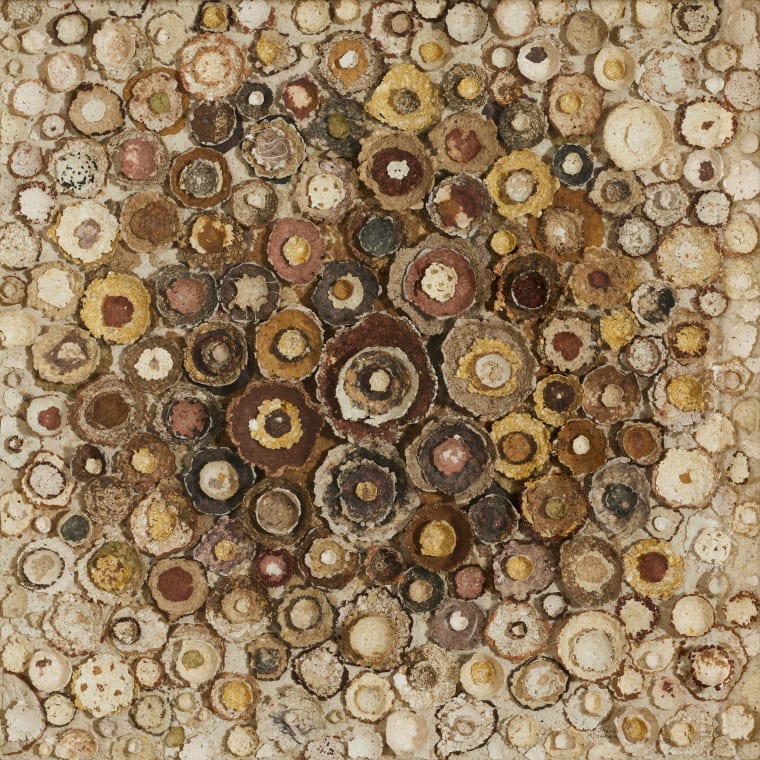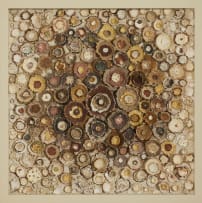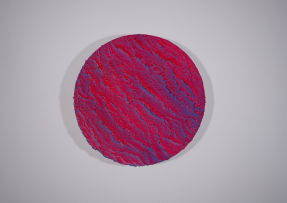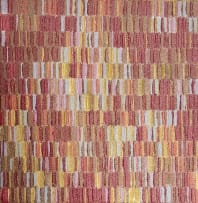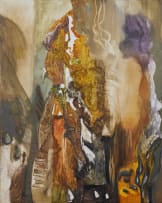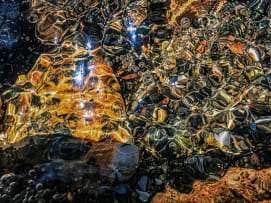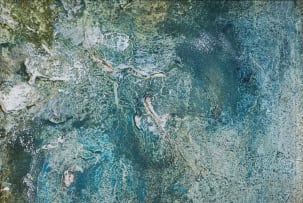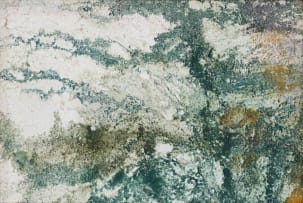Trusting in the Rhythm of Nature
Sharle Matthews
About the SessionIn 2024, the Rupert Museum presented AbstRacT – The Hidden Synchrony, an exhibition inspired by Oscar Forel’s Synchromies series - close-up photographs of tree bark that transformed the familiar into bold abstraction. These works were paired with South African modernist paintings from the museum’s collection, creating surprising visual harmonies and fresh interpretations.
Building on this concept, AbstRacT – Synchrony Revealed is the result of the museum’s third Open Call, which received over 300 submissions. From these, 41 artists were selected to showcase their work in a group exhibition - now part of an exclusive online auction in collaboration with Strauss & Co.
The auction offers collectors a chance to discover new voices engaging with themes of ecology, memory, materiality, and abstraction. Each work reveals a dynamic interplay between natural form and artistic expression - where chance, structure, and symbolism collide.
During the period of the online auction the exhibition is accessible to be viewed at the Jan Rupert Art Centre, 41 Middle street, Graaff-Reinet.
Collection of the artworks will be available once the exhibition closes on 16 November 2025.
Please contact Eliz-Marie Schoonbee to arrange collection/delivery
tel: 021 888 3261
email: eliz-marie@rupertmuseum.org
About this Item
Notes
Forel’s works are invitations to find art in nature. In this piece, the artist plays with the idea of art with nature. While Forel 'zoomed in' to explore the intricate abstract patterns found in the textures of trees, Matthews 'zoomed in' on the circle – symbolic of the smallest element of life, the cell and nucleus – and used it as a symbol of rebirth and the cycle of life.
Of Synchromies, Forel said it could have been subtitled natura pinxit, painted by nature. In response, the artist chose to also make the material used in this work. Discarded paper was collected, boiled, and pulped together with crushed leaves and flowers, tea, cinnamon, mustard, crushed seeds, coffee, and cumin, among other ingredients, to create colour and texture. Through the acts of collecting, crushing, kneading, and moulding the pulp, the artist felt as though they were collaborating with nature to form a new expression of it – driven by the belief that the essence of our humanity is deeply tied to our connection with the natural world.
Loosely based on the Fibonacci sequence, the layout of the piece draws on the universal language of growth and structure. By making paper pulp from scratch, through destruction (fire), tearing (wind and water), and soaking (water), the artist found resonance between the process, the material, and the meaning, all reflecting circularity. The bowl shapes evoke sustenance, sheltering seeds, animals, and birds, much like a nest.
As the forms dried, they warped and changed, resembling bark or seeds; a result that was embraced. The viewer is encouraged to find the art hidden in nature and the nature embedded in the artwork itself.
